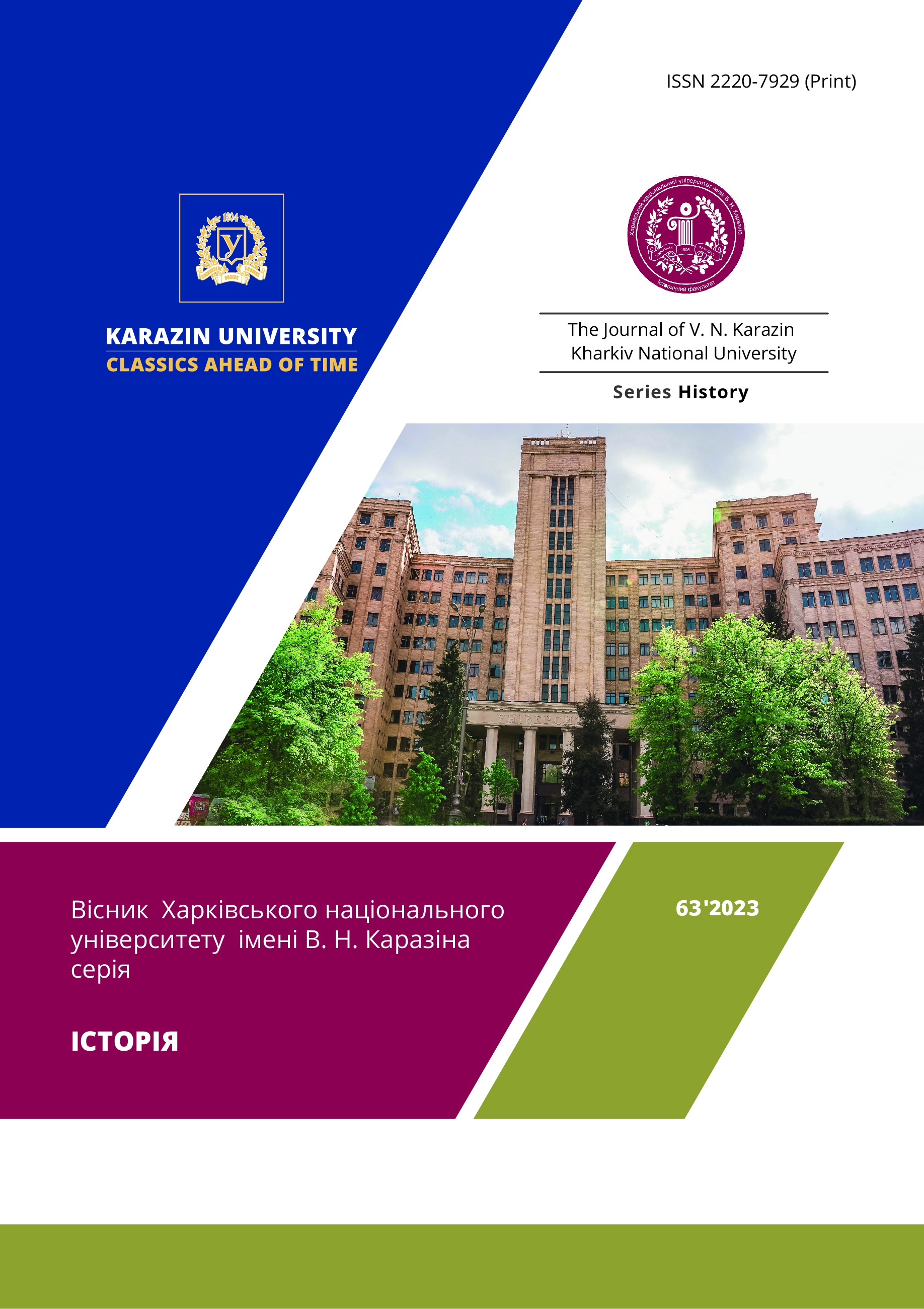On the Issue of the Formation of Football Infrastructure in Sofia in the Late 19th and Early 20th Centuries
Abstract
One of the main components of the football industry today is its infrastructure. Training facilities, stadiums with stands for spectators, sports bases, retail outlets, museums of various teams and clubs all play key roles in the sport. In Britain, such amenities began to appear in the first half of the 19th century, in continental Western Europe — around the mid-1800s, and in the central and eastern parts of the Old World — even later, at the turn of the 20th century. The development of football infrastructure in Sofia is an illustrative example not only in the context of one city or country, but also for the region as a whole. Since in the late 19th and early 20th centuries the capital of Bulgaria saw the formation of traditions which determined the subsequent development of the city’s sports infrastructure, through this case study we can trace from where the complex of ideas related to establishing suitable sports facilities spread to Bulgaria and Southeastern Europe, how the process of formation and accumulation of knowledge in this specialized sphere unfolded, and how such facilities were actually built. The initiative to set up sports grounds belonged to Bulgarian educational institutions and societies, and such projects were financed by club members. The social groups that played the decisive role in the transfer of knowledge to the sports industry, namely to the construction of football playing grounds, were local youth with the experience of studies abroad and foreign teachers who worked in Bulgaria. The main routes of diffusion of this type of information originated in Switzerland and the Ottoman Empire. It was from these countries that the capital of the Balkan state received knowledge about the existing norms and rules for the construction of football fields. However, unlike in other European cities during this period, the sports infrastructure in Sofia in the late 19th and early 20th centuries did not yet become a component of business projects aiming to make a profit from renting out such facilities or from selling tickets to football fans.
Downloads
References
Bardarov, G. 27 veliki futbolni istorii. Sofia, 2014. (In Bulgarian)
Borisov, T. Politicheskiyat kontekst na turnira za Balkanskata kupa po futbol (1930–1937). Via Balcanica, № 4, 2015, s. 44-52. (In Bulgarian)
Borisov, T. Sofiyski kvartali parvi ugovaryat mach. Meridian mach, no. 348, 2012. (In Bulgarian)
Borisov, T. Futbolna Sofia mezhdu Dvete svetovni voyni. Voyna i mir info, 04.02.2022, https:// voinaimir.info/2022/02/old-football-sofia/. Data na prilagane: 14.06.2022. (In Bulgarian)
Bulgaria 20 vek: Almanah. Ped. F. Panayotov. Sofia, 1999. (In Bulgarian) България 20 век: Алманах. Pед. Ф. Панайотов. София, 1999.
Georgieva, B. Sportat v balgarski grad (kraya na XIX — sredata na XX v.). Godishnik na Sofiyskia universitet «Sv. Kliment Ohridski» – IF, t. 93–95, 2003, c. 69-118. (In Bulgarian)
Hristov, N. Futbolen almanah 1921–1948. Sofia, 2010. (In Bulgarian)
Ionel M., Dragos C., Cristian P. History of the national football team of Romania. Ovidius University Annals, Series Physical Education and Sport/Science, Movement and Health, vol. 21, issue 1, 2021, pp. 36-44.
Ivanova, D. Stadion «Yunak» — bogataya istoriya, 03.05.2015, https://bnr.bg/ru/post/100550854. Data na prilagane: 14.06.2022. (In Bulgarian)
Hristov, H. Yubiley 100 godini ot uchredyavaneto na Klub Futbol. Otborat na Matinkata. Sofia, 2013. (In Bulgarian)
Krastev, N. 100 godini Slavia. Prosport, 10.04.2013, http://prosport.bg/news/31016/100-godiniSlaviya/. Data na prilagane: 14.06.2022. (In Bulgarian)
Mykolenko, D. Pochatok rozbudovy futbolnoi infrastruktury u Lvovi y Kharkovi: spilne ta vidminne v transferi znan naprykintsi ХІХ — na pochatku ХХ st. Visnyk KhNU imeni V. N. Karazina. Seriia «Istoriia Ukrainy. Ukrainoznavstvo: istorychni ta filosofski nauky» [V. N. Karazin Kharkiv National University Bulletin ‘History of Ukraine. Ukrainian Studies: Historical and Philosophical Sciences’], vyp. 34, 2022, c. 45-53. DOI: https://doi. org/10.26565/2227-6505-2022-34-05. (In Ukraine)
Mykolenko, D. Transfer of Knowledge about Football Infrastructure in Kharkiv and Sofia from the End of the 19th Till the Beginning of the 20th Centuries. Istoriya – History, 30, issue 6, 2022, pp. 620-631.
Natan, Zh. Istoria еkonomicheskogo razvitia Bolgarii. Moskva, 1961. (In Russian)
Popdimitrov, D., Kurtev, Iv., Marholev, G. Bulgaria na futbolnia globus (spravochnik). Sofia, 1970. (In Bulgarian)
Sto godini FK Levski, https://levski.bg/istoria/. Data na prilagane: 14.06.2022. (In Bulgarian)
Rosna kitka, kn. 8, 1906. (In Bulgarian)
Sirakov, N. Levski se sŭbira na Mogilkata po povod 108 godini ot osnovavaneto na kluba. BNT 1, 23.05.2022, https://bntnews.bg/news/levski-se-sabira-na-mogilkata-po-povod-108-godini-otosnovavaneto-na-kluba-1195654news.html. Data na prilagane: 14.06.2022. (In Bulgarian)
Takev, Al. Futbolni letopisi. Sofia, 2002. (In Bulgarian)
Uchilishten pregled, kn. 4, 1897. (In Bulgarian)
Yordanov, R. Balgari sazdali futbolnia grand «Galatasaray». Marica, 10.11.2019, https://www. marica.bg/plovdiv/plovdiv-prez-godinite/blgari-szdali-futbolniq-grand-galatasaraj. Data na prilagane: 14.06.2022. (In Bulgarian)
Copyright (c) 2023 Dmytro Mykolenko

This work is licensed under a Creative Commons Attribution 4.0 International License.
Authors who publish with this journal agree to the following terms:
- Authors retain copyright and grant the journal right of first publication with the work simultaneously licensed under a Creative Commons Attribution License that allows others to share the work with an acknowledgement of the work's authorship and initial publication in this journal.
- Authors are able to enter into separate, additional contractual arrangements for the non-exclusive distribution of the journal's published version of the work (e.g., post it to an institutional repository or publish it in a book), with an acknowledgement of its initial publication in this journal.
- Authors are permitted and encouraged to post their work online (e.g., in institutional repositories or on their website) prior to and during the submission process, as it can lead to productive exchanges, as well as earlier and greater citation of published work (See The Effect of Open Access).




